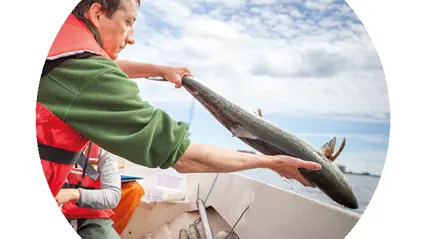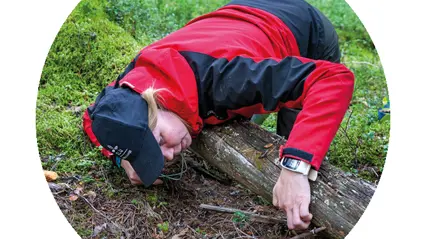
Aquatic Ecology
Overfishing, hydropower, eutrophication, new invasive species, environmental pollutants, and climate change are taking a toll on our wild fish populations. We work to create knowledge that contributes to solutions to these problems.

Molecular Ecology
We generate knowledge about wild populations, test ecological and evolutionary hypotheses, and support data-driven conservation and wildlife management. Our most important data is genetic information from individuals.

Restoration Ecology
We explore how nature restoration and conservation efforts affect species and their environments. We work closely with a range of stakeholders and have a strong international network of collaborators to ensure our findings are relevant and have impact.

Animal Ecology
We study the ecology of wild mammals and birds, including how they affect ecosystems and communities, and how they are managed. We work with stakeholders around the world for a sustainable future.
Research projects
-
Recreating shallow lakebeds – a measure that promotes biodiversity in regulated lakes?
Hydropower is central to Sweden’s fossil-free energy supply but entails major ecological consequences. This project is developing innovative methods to restore shallow lakebeds and investigate whether this can enhance biodiversity and ecosystem function in regulated lakes. -
Key Performance Indicators – Biodiversity in Production Forests
In this project we investigate how continuous cover forestry methods influence biodiversity and ecosystem services in the short and medium term. -
Continuous cover forestry and its effects on biodiversity and ecosystem services
In this project we investigate how continuous cover forestry methods influence biodiversity and ecosystem services in the short and medium term. -
Identifying and quantifying chemical threats to the species of “Darwin’s Dreamponds”
Lake Tanganyika is one of the world's most important freshwater sources, but it is seriously threatened by anthropogenic stress factors such as pollution. The project aims to provide some of the first information on organic chemical pollution in the southern part of the lake.